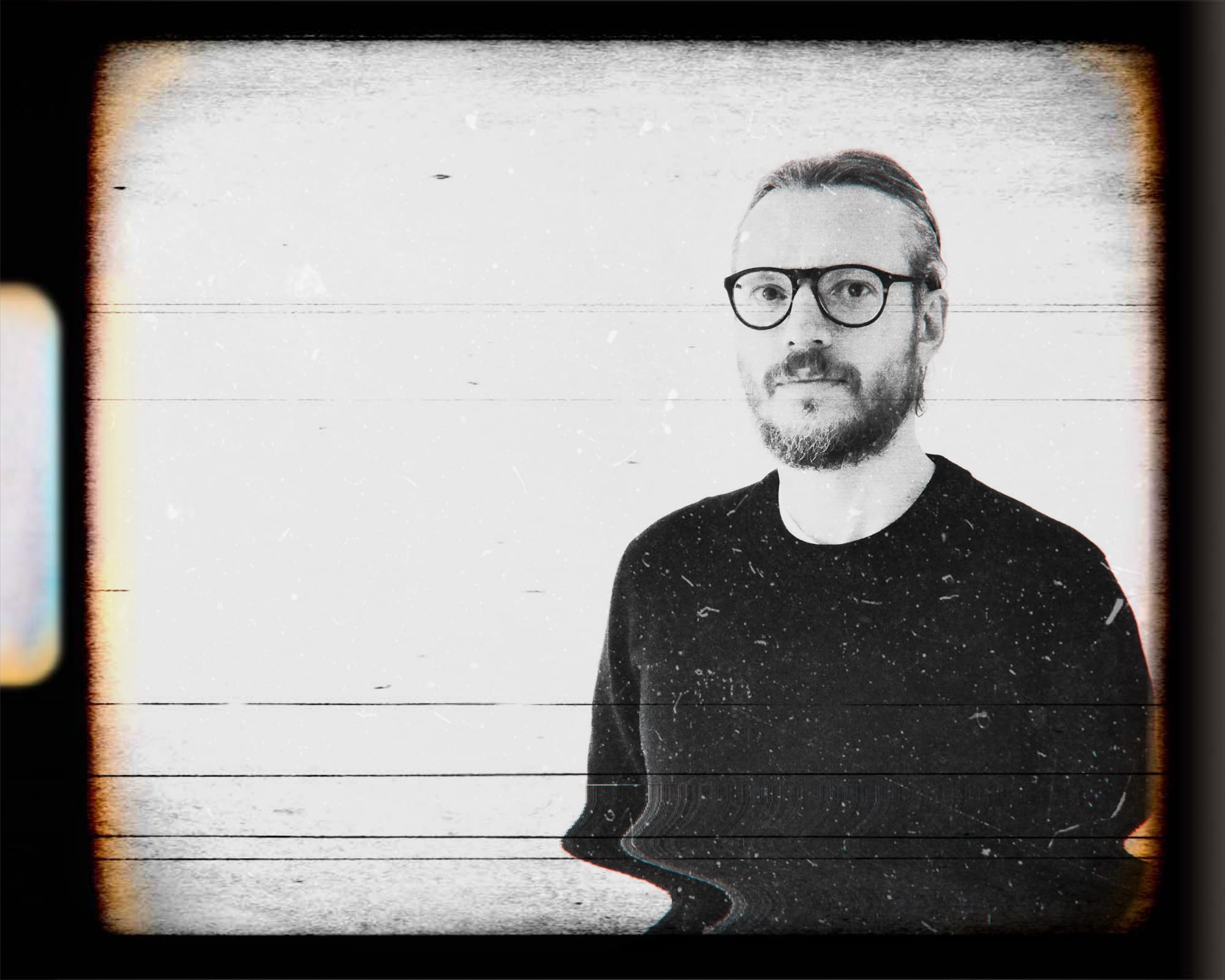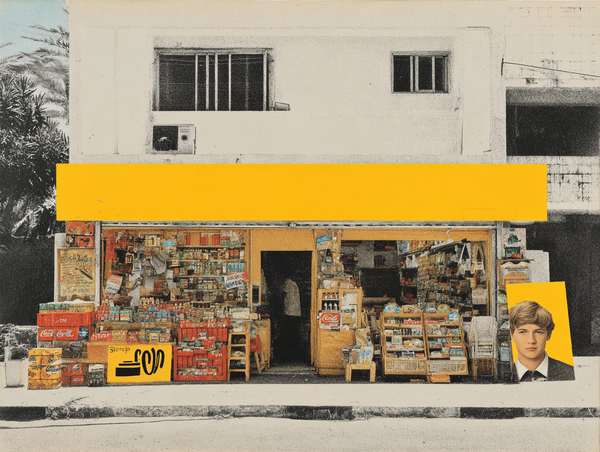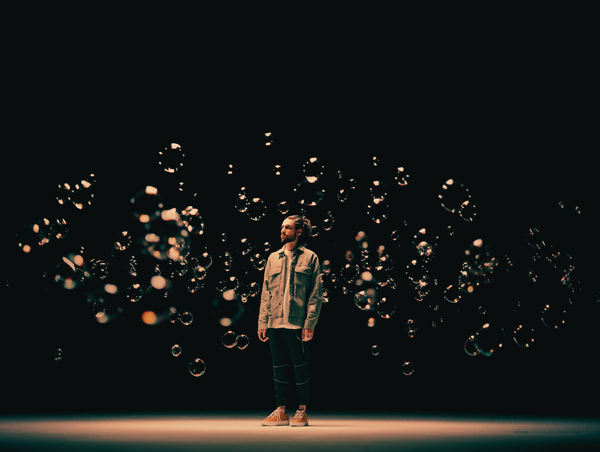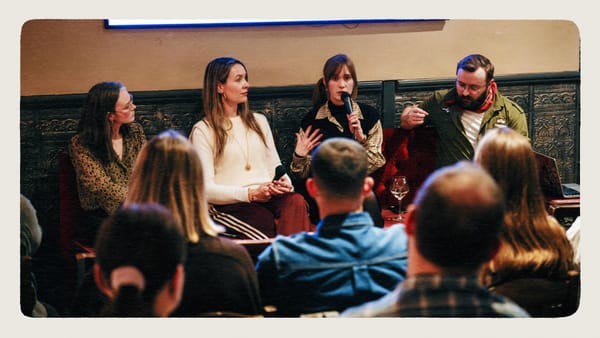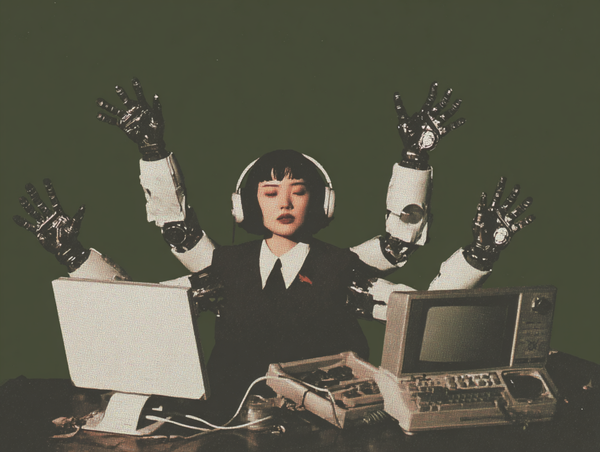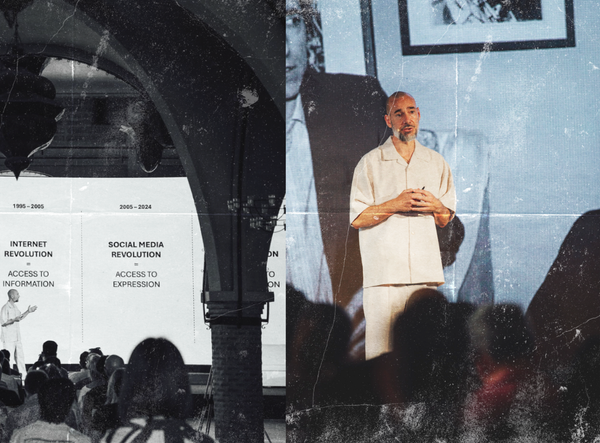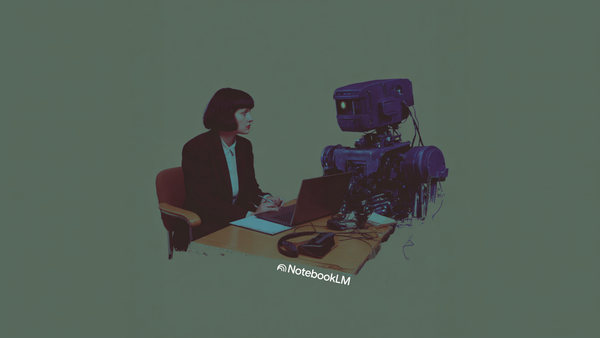Seventy-five years ago this month, C. S. Lewis published The Lion, the Witch and the Wardrobe, a story that begins with a child stepping through a wardrobe into another world that feels impossibly real. It’s a simple image, but a powerful one: the familiar turned extraordinary, the moment when imagination becomes experience.
Just as Lewis’s readers once longed to step through the page into Narnia, today’s audiences want to move beyond the screen into experiences they can truly feel with all their senses that offer emotional connection as well as transactional and efficient technology.
Brand spaces are responding, becoming portals of emotion and identity powered by technology that senses, learns and adapts, bridging the gap between digital and physical life.
The Rise of the Ritual Economy
At a brand level, when building an experience, what marketers should be asking themselves is "what’s missing emotionally"? Because sameness has crept in everywhere. People aren’t swayed by what brands claim; they’re moved by what brands help them feel.
"Emotion always leads and technology follows"
The experiences that resonate now have more in common with community rituals than with campaigns. They’re sensorial, emotionally fluent, and sit somewhere between theatre and therapy. At FutureBrand, we describe this shift as the Ritual Economy, a world in which the measure of a brand isn’t what it sells, but how meaningfully it connects. Anticipation, immersion, identity, agency and memory have become the new currencies of engagement - and technology is fast becoming the language through which they’re expressed.
From Immersive Worlds to Everyday Moments
So, how are brands responding? The most exciting activations go far beyond ‘experiential’. They’re worlds you can walk through. Hermès turned a New York warehouse into a theatrical puzzle house in Mystery at the Grooms’; Djerf Avenue reimagined a townhouse as a sleepover that felt like a safe space; Netflix’s planned “House” venues will let fans step inside storylines they love.
